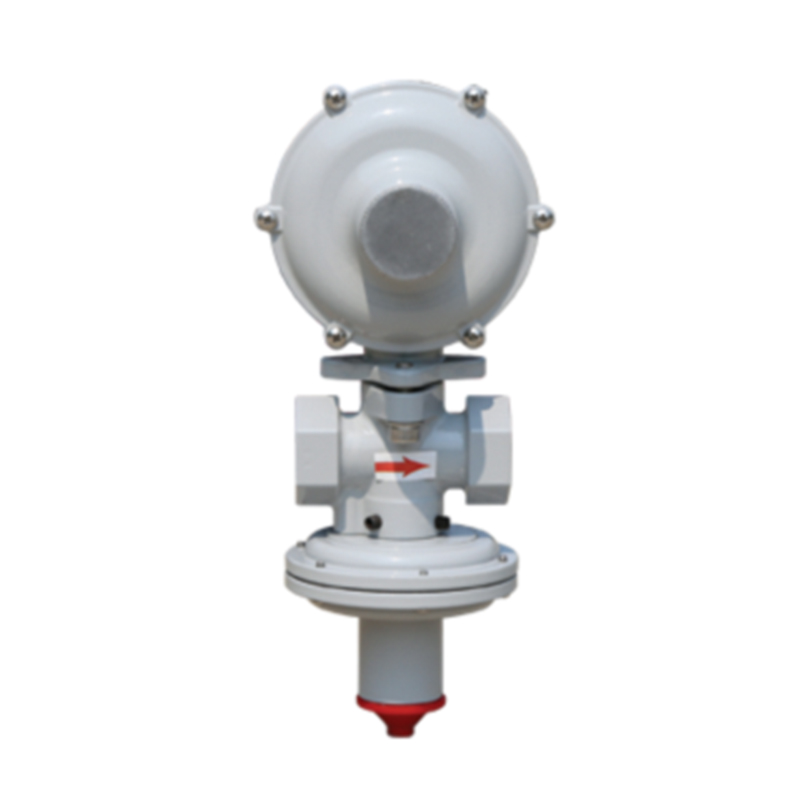
Dec . 01, 2024 21:55
Back to list
relief valves
Understanding Relief Valves A Critical Component in Fluid Systems
Relief valves play an essential role in safeguarding various fluid systems, whether in industrial applications, hydraulic systems, or even residential plumbing. These devices are designed to prevent excessive pressure buildup, thereby protecting equipment, ensuring safety, and maintaining operational efficiency.
What Are Relief Valves?
Relief valves are automatic valves that release excess pressure from a system when it exceeds a predetermined level. This mechanism is crucial in preventing catastrophic failures that could lead to equipment damage, leaks, or even explosive situations. Various designs of relief valves exist, including spring-loaded valves, pilot-operated valves, and deadweight valves, each serving a specific application and industry requirement.
How Do Relief Valves Work?
The operation of a relief valve hinges on its design and the nature of the fluid being controlled. In a typical spring-loaded relief valve, the valve is held closed by a spring that is calibrated to a specific pressure threshold. When the system pressure exceeds this threshold, the force exerted by the fluid overcomes the spring force, causing the valve to open. This action allows fluid to escape, reducing the pressure within the system. Once the pressure drops back below the threshold, the spring returns the valve to its closed position, resuming normal operations.
Applications of Relief Valves
Relief valves are ubiquitous in various industries
. In the oil and gas sector, for instance, they are critical for maintaining safe operating conditions in pipelines and storage tanks. Similarly, in power generation, steam relief valves prevent boiler overpressure, effectively mitigating risks associated with high temperatures and pressures.relief valves

In residential plumbing, relief valves are commonly found in water heaters. They prevent dangerous pressure buildup that could lead to tank rupture or explosion. These valves are also integrated into HVAC systems to ensure safe operation by regulating refrigerant pressures.
Importance of Regular Maintenance
Despite their robust design, relief valves require regular maintenance to ensure proper function. Over time, sediment can accumulate, or the seals may degrade, compromising the valve's ability to operate correctly. Regular inspections, testing, and replacements of worn components are necessary practices that help in prolonging the lifespan of these essential safety devices.
Regulatory Standards and Compliance
In many industries, the installation and maintenance of relief valves are governed by strict regulatory standards. For instance, organizations such as the American Society of Mechanical Engineers (ASME) and the American National Standards Institute (ANSI) provide guidelines for the safe design and installation of relief valves in various applications. Compliance with these standards is not only a legal obligation but also crucial for ensuring the safety and efficiency of fluid systems.
Conclusion
Relief valves are a fundamental component in many fluid systems, serving as the first line of defense against excessive pressure and potential hazards. Their reliable operation is critical to the safety and efficiency of various industrial and residential applications. Understanding their function, applications, and maintenance requirements helps operators and engineers ensure these devices perform effectively, mitigating catastrophic failures and safeguarding both people and equipment. As industries evolve and technological advancements continue, the design and functionality of relief valves will undoubtedly adapt, but their importance in fluid management will remain unchanged.
Next:
Latest news
-
Safety Valve Spring-Loaded Design Overpressure ProtectionNewsJul.25,2025
-
Precision Voltage Regulator AC5 Accuracy Grade PerformanceNewsJul.25,2025
-
Natural Gas Pressure Regulating Skid Industrial Pipeline ApplicationsNewsJul.25,2025
-
Natural Gas Filter Stainless Steel Mesh Element DesignNewsJul.25,2025
-
Gas Pressure Regulator Valve Direct-Acting Spring-Loaded DesignNewsJul.25,2025
-
Decompression Equipment Multi-Stage Heat Exchange System DesignNewsJul.25,2025

